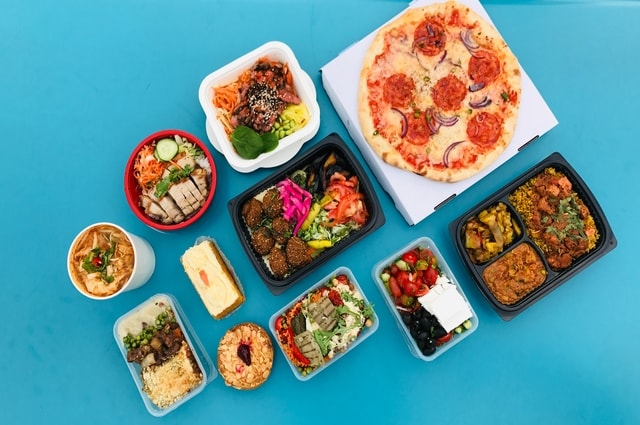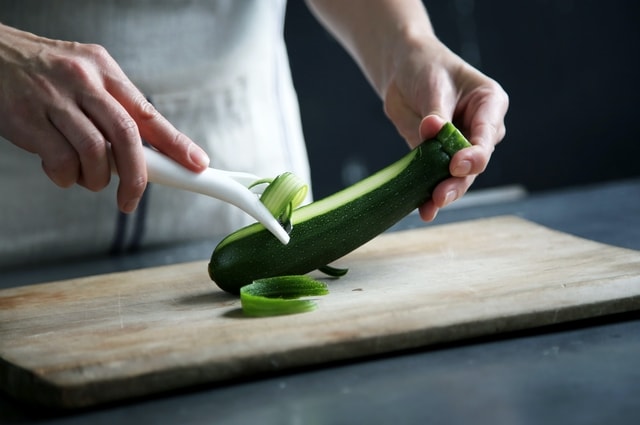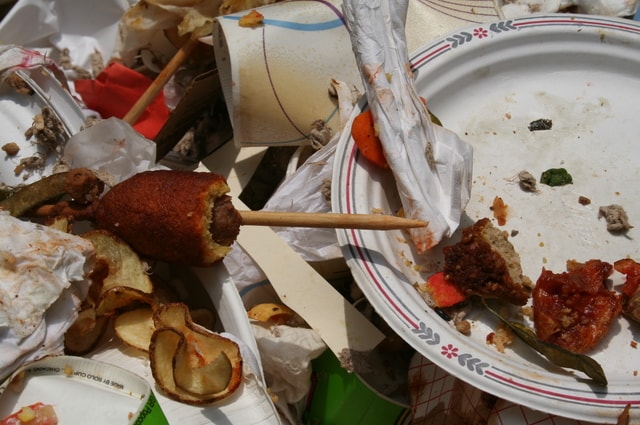Food Fight – How You Can Help Reduce Waste
We’ve known since childhood that wasting food is bad, but only recently has the world really begun to focus on food waste, and why there’s so much of it! According to the Food and Agriculture Organisation of the United Nations, a whopping one third of the food we produce globally is wasted. In the United States an estimated 30-40% of the food supply goes to waste, approximately 219 pounds per person each year.
Around half of that food waste takes place during production and storage, the remaining half takes place between the processing and consumption stages. Another fact is that, the further down the line food is wasted, the greater its environmental impact because of all the additional resources spent in shipping, storing and cooking it. Once it reaches landfill it also becomes a major producer of methane, a greenhouse gas more potent than CO2.
These facts illustrate how important it is for consumers to take action. To help you in your very own food fight, here are some ways you can reduce waste at home and in restaurants.
Keep your fridge and pantry organised
To fight food waste at home, first take stock of what you have. Organising your fridge and pantry periodically allows you to dig up non-perishables waiting for their day in the spotlight, and perishables that may be dangerously close to disaster. Knowing exactly what you already have also prevents you purchasing yet another bottle of salad dressing, or being left with a shortage of dried pasta after you’d planned a big meal.
After getting organised, keep track of what you have. Mental notes are great, but a physical list or even smartphone photos of your fridge and pantry are the most reliable. Photos can also be shared with those you live with, and used as a reference when out shopping after work.
Plan your meals and only buy what you need
Weekly meal planning is one of the single best ways to cut down on food waste at home. First “shop your fridge” to see what you can make with what you already have. After narrowing the meal options down, make a list of the ingredients you still need for each meal—and how much—to prevent purchasing too much or the wrong thing. And, as tough as it might be if you’re on a budget, don’t be tempted by deals that will leave you with more than you know what to do with.
For those who travel or have busy schedules, weekly meal planning might not be realistic. If it’s not too inconvenient, rather than do one big weekly trip, go to the supermarket more often and only buy what you’ll need for the next few days. That way, if your plans change spontaneously, you won’t be left with a fridge full of wilting vegetables.
When planning your meals, calculate in your leftovers or make a habit of eating them for lunch.
Store food correctly
Correct storage will obviously help food stay fresher for longer. Did you know that fruits and vegetables should be stored separately? Or that asparagus and some herbs keep best in a glass of water? Learn about the correct ways to store produce and where to store different foods inside your fridge to extend the life of your shopping.
Store any prepared foods or leftovers in closed containers to keep bacteria out and save your fridge from smells. You don’t need to rely on fancy Tupperware or plastic wrap—reusing old jars or containers are great ways to also cut down on plastic trash.
The freezer is also your friend! Learn about what foods freeze the best and how to do it without compromising taste and texture. Freeze foods before their best-by date, especially if you don’t think you can finish them in time. Things like sliced sandwich bread are great candidates for freezing, and leftover rice can be frozen and used later to make fried rice.
Understand food dates
Sell-by, best-by, best before, use-by… The different dates printed on packaging can be a little confusing. Focus on the use-by date, which is determined as the limit of when a product can be safely consumed if it is stored correctly. If you’ve got no date to work with, there are ways to distinguish between what just seems old and what has truly gone bad. Non-perishable foods obviously keep longer and are a little more flexible than perishables.
Learn how to use food that’s on the edge
Regularly check fresh food for any signs that it’s beginning to go bad. If you spot something on its way out, make it a priority to use that food when making your next meal or snack.
However, despite our best efforts, sometimes food wilts or starts to turn bad faster than anticipated but thankfully, there are still tried and tested ways to save old produce. Try making jams, pestos, salsas and sauces, or for something quick and easy, there’s always smoothies for old fruit, or soups and stews for old vegetables and herbs.
Order less when eating out
When you’re famished and excited to be eating out, it’s natural to want to order a little too much at a restaurant. Know your limits, take a step back, and only order what you think you can finish. You can always order more later. If possible, plan ahead and bring your own closed containers for leftovers and avoid single-use containers.
Finally.. Compost!
We can’t save every scrap of food from being wasted, but we can keep food waste out of landfill by composting it instead. Composting returns all that natural goodness back to the earth by literally transforming it into earth. No matter if you live in a house with a large garden or a small apartment, there’s a variety of different ways to compost at home, even indoors. The result will be nutrient-rich soil you can use in your garden or houseplants.
Whichever way you go about it, reducing food waste is more important than ever before. However, don’t be overwhelmed by such a large task, simply introduce these measures a little at a time and gradually work towards ditching food waste from your life for good!
Author Bio
Shannon Bergstrom is a LEED-accredited, TRUE waste advisor. She currently works at RTS, a tech-driven waste and recycling management company, as a sustainability operations manager. Shannon consults with clients across industries on sustainable waste practices.




